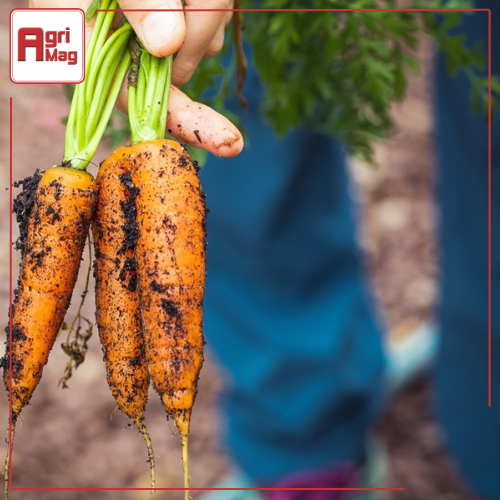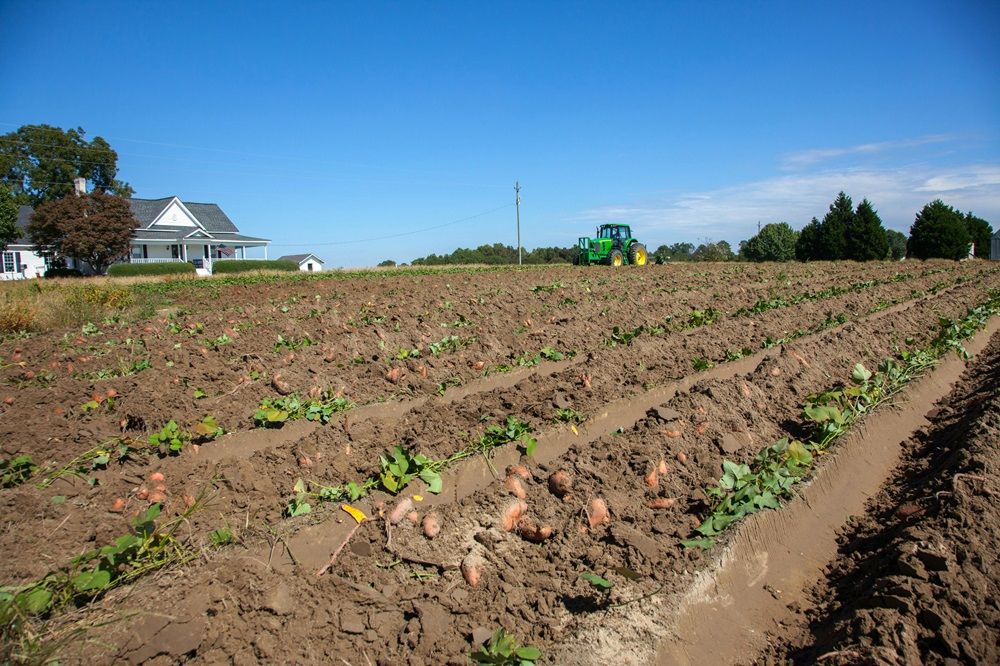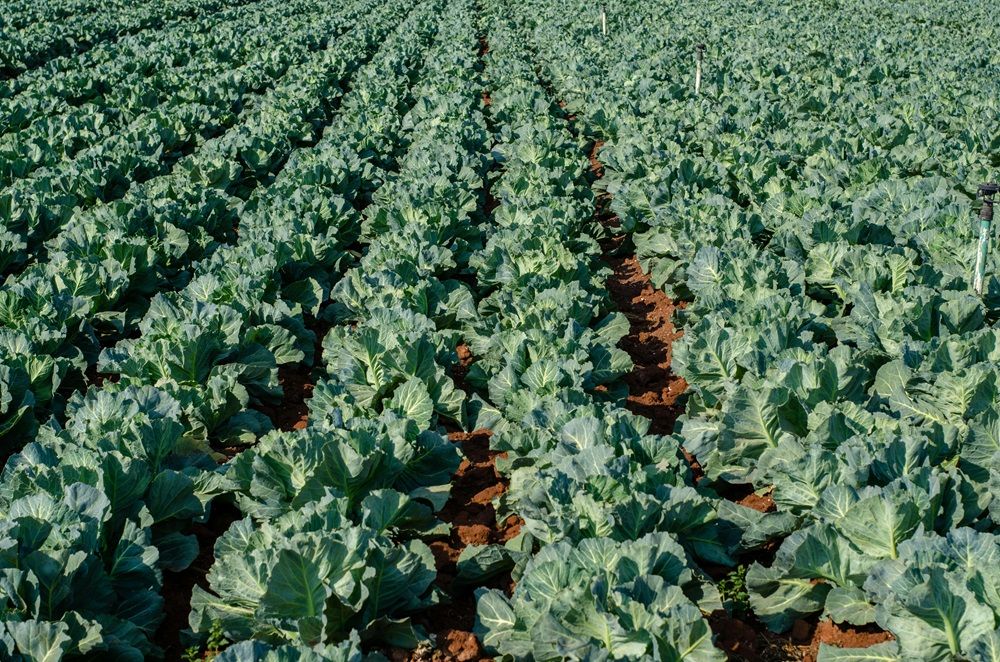
The Significance of Soil-Health Indicators in Food Security
Date: 06/06/2022
What is the role of soil-health indicators in food security? This question lies at the heart of agricultural sustainability, particularly in regions like South Africa, where food security is intricately linked with soil quality. Soil-health indicators are essential metrics that help assess the fertility, resilience, and overall health of soil systems. In a country where agriculture is a cornerstone of the economy, understanding and monitoring these indicators are crucial for ensuring sustainable food production and combating hunger and malnutrition. Read blog articles on AgriMag to learn more about the agricultural industry.
 Photo by Mark Stebnicki on Pexels
Photo by Mark Stebnicki on Pexels
Understanding Soil-Health Indicators
- Soil-Health Indicators Defined:
They encompass a range of physical, chemical, and biological properties that reflect the condition of soil and its ability to support plant growth and sustain agricultural productivity. These indicators provide valuable insights into soil fertility, structure, nutrient content, and microbial activity, offering farmers and policymakers a comprehensive understanding of soil health.
Importance of Soil-Health Indicators in Food Security
- Enhancing Agricultural Productivity:
In South Africa, where a significant portion of the population relies on agriculture for their livelihoods, maintaining healthy soils is paramount for ensuring food security. Soil-health indicators serve as early warning signals, alerting farmers to potential issues such as nutrient deficiencies, soil erosion, and degradation. By monitoring these indicators, farmers can implement targeted soil management practices to optimise crop yields and mitigate risks associated with environmental factors and climate change.
- Promoting Sustainable Land Use:
Furthermore, soil-health indicators play a crucial role in promoting sustainable land use practices. By assessing soil quality and fertility, farmers can make informed decisions regarding crop selection, irrigation methods, and fertiliser application. This not only improves agricultural productivity but also reduces the environmental impact of farming activities, such as soil erosion, water pollution, and greenhouse gas emissions.
Challenges and Opportunities in Soil Health Management
- Addressing Soil Degradation:
Despite their importance, soil-health indicators in South Africa face numerous challenges, including soil degradation, loss of organic matter, and contamination from agrochemicals. Addressing these issues requires concerted efforts from stakeholders across the agricultural sector, including government agencies, research institutions, and farming communities. Investing in soil conservation practices, such as cover cropping, crop rotation, and conservation tillage, can help mitigate soil degradation and preserve soil health for future generations.
- Harnessing Technology for Soil Monitoring:
Advancements in technology, such as remote sensing, Geographic Information Systems (GIS), and soil sensors, offer new opportunities for monitoring soil-health indicators in real-time. These tools enable farmers to collect accurate data on soil properties and make data-driven decisions to optimise agricultural practices. Moreover, digital platforms and mobile applications can facilitate knowledge sharing and extension services, empowering farmers with information and resources to improve soil management practices.
Government Initiatives and Policy Framework
- Government Support for Soil Health:
Recognising the critical importance of soil health in ensuring food security, the South African government has implemented various initiatives and policies aimed at promoting sustainable soil management practices. These include the National Soil Health Monitoring Program, which collects data on soil-health indicators across different regions of the country to guide policy interventions and agricultural strategies.
- Policy Framework for Soil Conservation:
Additionally, South Africa has established a comprehensive policy framework for soil conservation and management, encompassing regulations on land use, soil protection, and agrochemical usage. By integrating soil-health considerations into land-use planning and agricultural policies, the government seeks to balance economic development with environmental sustainability and food security.
 Photo by Steward Masweneng on Pexels
Photo by Steward Masweneng on Pexels
Community Engagement and Capacity Building
- Empowering Farmers Through Education:
Moreover, community engagement and capacity building are crucial aspects of promoting soil health in South Africa. Farmer education programs, extension services, and farmer field schools play a vital role in raising awareness about the importance of soil conservation and equipping farmers with the knowledge and skills to adopt sustainable farming practices.
- Building Resilient Farming Communities:
By empowering farmers to become stewards of their land, these initiatives contribute to building resilient farming communities that are better equipped to cope with the challenges of climate change and environmental degradation. Through peer-to-peer learning and knowledge exchange, farmers can share best practices and innovative solutions for enhancing soil health and ensuring long-term food security.
Future Outlook and Recommendations
- Towards Sustainable Soil Management:
Looking ahead, ensuring soil health remains a priority for sustainable agriculture and food security in South Africa. Continued investment in research and innovation is needed to develop novel soil-health monitoring tools, improve soil conservation practices, and enhance the resilience of agricultural systems to climate change.
- Strengthening Multi-Stakeholder Partnerships:
Furthermore, strengthening multi-stakeholder partnerships and collaboration is essential for scaling up soil conservation efforts and mainstreaming soil-health considerations into agricultural policies and programs. By working together across sectors and leveraging the expertise of various stakeholders, South Africa can address the complex challenges facing soil health and food security.
FAQs
1. Why are soil-health indicators important for food security?
Soil-health indicators provide crucial information about the fertility and productivity of the soil, which directly impacts the quantity and quality of food that can be produced.
2. How can farmers improve soil health?
Farmers can improve soil health through practices such as crop rotation, cover cropping, reduced tillage, and the use of organic fertilisers.
3. What are some common soil-health indicators?
Common soil-health indicators include pH levels, organic matter content, nutrient levels, microbial activity, and physical properties such as soil structure and texture.
4. How does soil health contribute to climate resilience?
Healthy soil is better able to retain water, nutrients, and carbon, which can help crops withstand the impacts of climate change and other environmental challenges.
5. What role do soil-health indicators play in sustainable agriculture?
Soil-health indicators help farmers make informed decisions about how to improve soil quality, increase crop yields, and reduce their vulnerability to environmental threats, thus contributing to the long-term sustainability of agricultural systems.
Overall, soil-health indicators play a pivotal role in ensuring food security in South Africa by providing valuable insights into soil quality and fertility. By monitoring these indicators and implementing sustainable soil management practices, farmers can enhance agricultural productivity, promote environmental sustainability, and safeguard food production for future generations. As the global population continues to grow, the importance of soil health in food security cannot be overstated. Therefore, investing in soil conservation and management strategies is essential for building resilient agricultural systems that can meet the challenges of the 21st century. Learn more about the agriculture industry by reading the blog posts on AgriMag.
Categories:
Common category
Category Search:
Latest articles:

Top Irrigation Tips for Farmers Facing Water Restrictions

Understanding the Role of Truck Tractors in Logistics

Farming Equipment Upgrades for Small-Scale Farmers in South Africa
